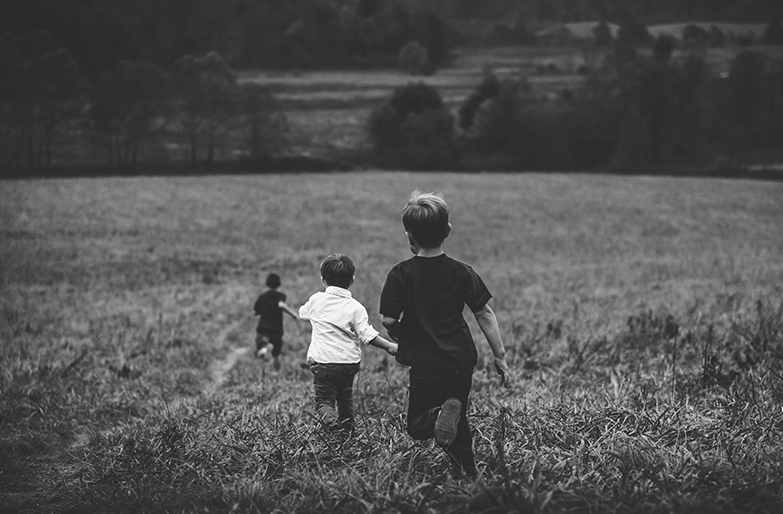My nephew is three years old and full of insatiable curiosity, as all children his age seem to be. Most members of my family imagine that watching him for an evening is not for the weak at heart, but personally, I jump at the opportunity to take care of him while my sister is away. He turns on and off the faucet to just to watch the water disappear through the drain. He walks through bushes and shrubs to figure out if he can do it or not. If he bruises himself in the process of one of his experiments, I know it isn’t something that he’s going to do again. But if he is entertained and amused by the enchanting physics of the world, then it’s probably going to be something he will want to repeat, ad nauseum. This is simply the essence of the inquisitive and absorptive mind of a young child. Which makes it all the more painful to watch when I witness my sister put a shrieking halt to a majority of his elementary investigations.
A huge part of the idea here is understanding that not all behaviors of our children have a tangible and direct effect on you as a parent. Your daughter might get her hands a little dirty, her shirt a little stained or her socks a little wet (you get where I’m going with this) but stepping aside and realizing that no real harm is being done to them or you is the first step in understanding that you don’t really have to say no to everything that they attempt to do. Upon this realization, you might even find that fewer and fewer behaviors are below your line of acceptance (recall the “Behavior Window” from the P.E.T. book).
 Whatever it is that gets you to a place of broader acceptance and greater awareness of the intentions behind many of your child’s behaviors will ultimately create a fertile context for them to learn and grow.
Whatever it is that gets you to a place of broader acceptance and greater awareness of the intentions behind many of your child’s behaviors will ultimately create a fertile context for them to learn and grow.
But here’s why this one’s hard:
Parents get caught up on the idea that their child might get hurt or experience some form of discomfort by participating in certain activities. It’s true that there is some risk involved in almost everything, especially with the life-experience and stature of a child. Let me clarify one important idea here.
In the face of clear and apparent danger, the answer is always and without question, to do whatever means necessary in order to stop your child from serious harm. Yes, that might mean the use of your parental power. However, when it comes to the proverbial spilled milk that we as adults steer away from, the most powerful way to teach and influence your child is to first model your own behavior and then give them the opportunity to try it for themselves.
As they get older, the inevitable trials of life begin to get more and more complex. Getting a bad grade in school or resolving a conflict with a friend are two of the most common things that parents want to step in on and help their child through. Or shall we say, solve for them? While you might be jumping at the chance to provide your wisdom and assistance during times like these, you might actually be doing more harm than good.
When asked for, advice can be helpful at times. But when your child is walking straight through a thorny bush for the first time (just as you did at their age), stop yourself and consider what lesson might be unfolding before you decide to step in and stop them. You just might be surprised with what it is they’re learning.
Update: My nephew has recently discovered how to enhance the walls with color.

